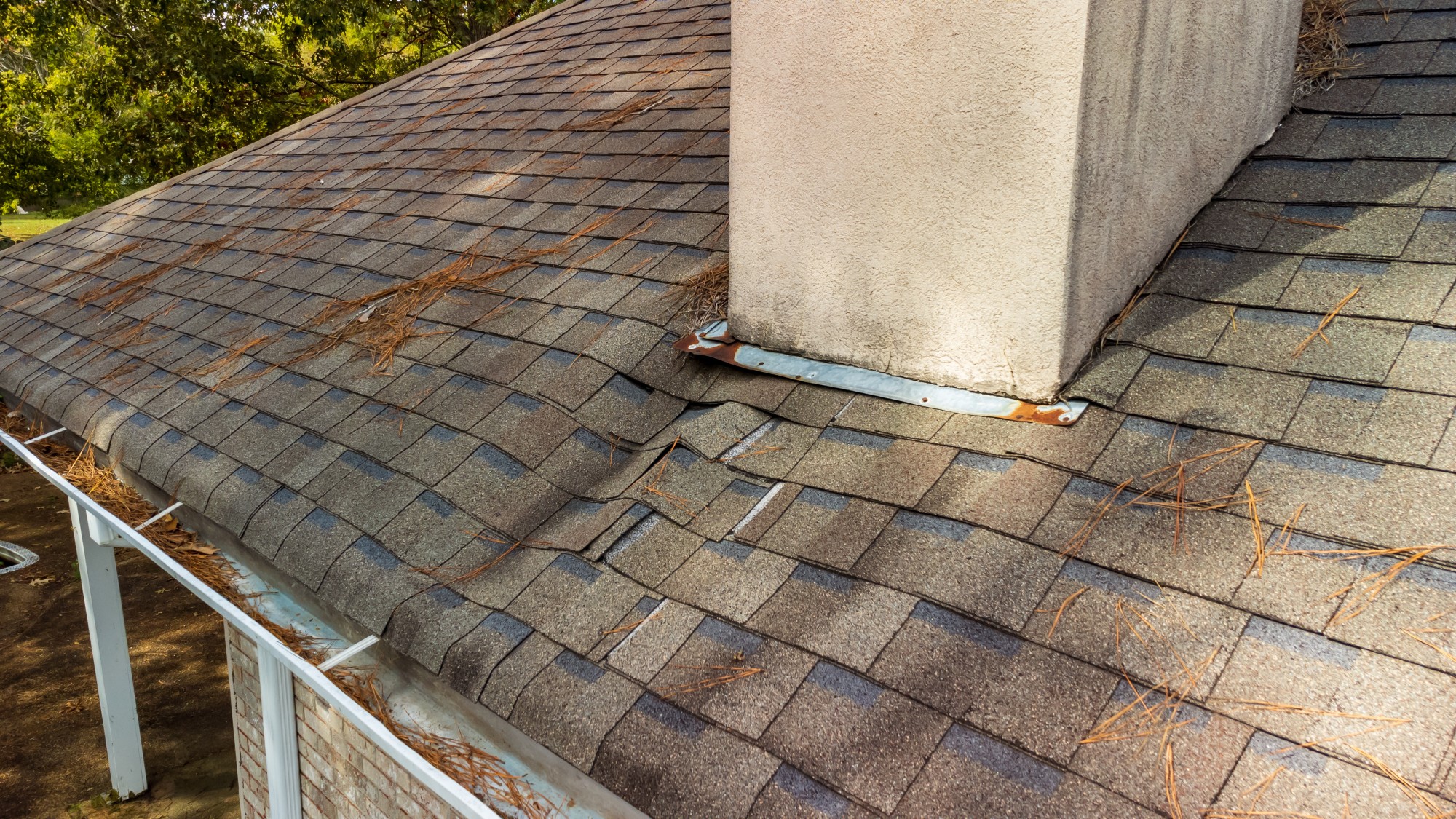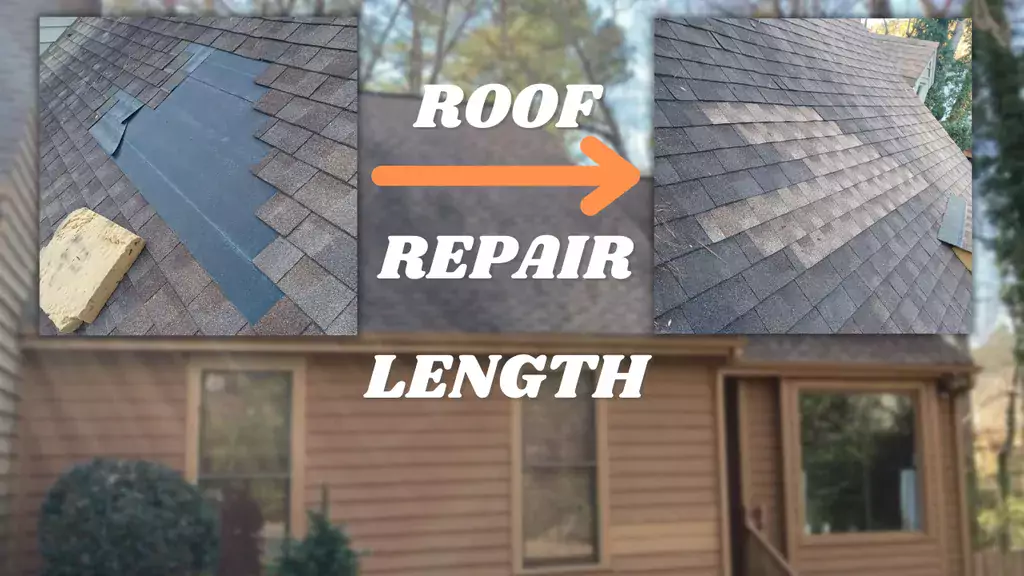Roof Repair Oahu: Expert Roof Fixes for Lasting Security
Roof Repair Oahu: Expert Roof Fixes for Lasting Security
Blog Article
Recognizing the Different Sorts Of Roofing Systems: A Comprehensive Guide for Homeowners
With an array of alternatives-- ranging from the traditional gable to the modern flat-- each kind provides unique benefits and difficulties that ought to line up with the property owner's ecological considerations and specific demands. As we explore the intricacies of different roof kinds, it becomes noticeable that one size does not fit all; the appropriate option might amaze you.
Gable Roof Coverings
Gable roofings, characterized by their triangular shape, are amongst the most prominent roofing styles as a result of their simplicity and efficiency in losing water and snow. This style includes two sloping sides that satisfy at a ridge, permitting for efficient drain and minimizing the danger of water buildup. The steep pitch typically related to gable roofing systems improves their capacity to handle heavy rainfall, making them ideal for various climates.
Along with their sensible benefits, gable roofing systems use visual flexibility. They can be adapted to different building designs, from conventional to contemporary homes. The style can additionally accommodate extra functions such as dormer home windows, which boost all-natural light and ventilation in the attic space.
Additionally, gable roof coverings provide sufficient area for insulation, adding to power performance. Home owners can choose from a variety of roofing materials, including asphalt tiles, steel, and tiles, even more enhancing customization options.
In spite of their advantages, saddleback roofs may require added assistance in areas prone to high winds or hefty snowfall. Overall, the saddleback roof remains a favored choice as a result of its mix of capability, longevity, and aesthetic charm.
Flat Roofs
Flat roofs are often recognized for their minimal style and sensible applications, specifically in business and industrial setups (oahu roofing). These roofing systems feature a virtually straight or horizontal surface area, which enables easy construction and functional area utilization. While they might lack the aesthetic allure of pitched roofings, flat roof coverings use numerous benefits, particularly in urban settings where maximizing room is important
One of the key benefits of level roofs is their access. House owners can utilize the roofing space for numerous purposes, such as roof gardens, balconies, or photovoltaic panel installments. Furthermore, level roofs are commonly much more cost-effective to install and keep compared to their sloped counterparts, as they call for fewer materials and labor.
Nonetheless, flat roofings do existing certain difficulties. Correct drainage is necessary to avoid water pooling, which can bring about leaks and structural damage. For this reason, choosing premium waterproofing products and normal inspections are important for making certain longevity. Common materials utilized for level roof coverings include built-up roofing (BUR), customized bitumen, and single-ply membranes, each offering unique advantages. On the whole, level roofs function as a adaptable and practical option for lots of house owners and organizations alike.
Hip Roofing Systems
Hip roofing systems are characterized by their sloped sides that converge on top, creating a ridge. This style stands out from saddleback roofs, as all four sides of a hip roof incline downwards toward the wall surfaces, giving a much more steady structure. The angle of the slopes can differ, enabling versatility in building aesthetics and capability.
One of the primary advantages of hip roofing systems is their capability to endure hefty winds and negative weather. The sloped surfaces make it possible for much better water drainage, lowering the danger of leaks and water damages. In addition, hip roofings provide raised attic room space, which can be made use of for storage and even exchanged habitable areas.
Nonetheless, building a hip roof covering can be a lot more complex and expensive than simpler roofing types, such as saddleback roofs. The extra product and labor involved in producing the slopes and making sure proper architectural honesty can cause greater expenses. Regardless of these drawbacks, click over here now lots of homeowners favor hip roofs for their toughness, visual appeal, and possibility for power efficiency.
Mansard Roofings
Mansard roofs, typically identified by their unique four-sided style, attribute two slopes on each side, with the reduced incline being steeper than the top. This architectural design, originating from France in the 17th century, is not only cosmetically appealing but practical, as it optimizes the useful room in the top floorings of a building. The steep reduced slope allows for more clearance, making it an ideal choice for lofts or attics, which can be exchanged living areas.
Mansard roof coverings Source are identified by their versatility, accommodating various architectural styles, from traditional to modern. They can be constructed with different materials, consisting of asphalt shingles, slate, or steel, giving homeowners with a range of alternatives to match their spending plans and choices. Furthermore, the style enables for the integration of dormer windows, enhancing all-natural light and air flow in the upper levels.
However, it is important to consider the potential drawbacks. Mansard roofing systems may call for even more maintenance due to the intricacy of their layout, and their high slopes can be testing for snow and rainfall overflow. Overall, mansard roofs incorporate sophistication with functionality, making them a popular selection among homeowners looking for unique architectural attributes.
Dropped Roofing Systems
As homeowners significantly seek simpleness and performance in their architectural layouts, shed roofing systems have actually emerged as a popular option. Characterized by a solitary sloping plane, a shed roofing system provides a minimalist visual that complements numerous home designs, from contemporary to rustic.
Among the main benefits of a shed roofing system is its uncomplicated building, which often equates to decrease labor and material costs. This style enables reliable water drainage, decreasing the threat of leakages and water damages. Additionally, the vertical slope gives adequate room for skylights, enhancing natural light within the interior.
Dropped roof coverings also provide adaptability in terms of use. They can be successfully incorporated into additions, garages, or outside frameworks like pavilions and sheds. Moreover, this roof style can fit different roof covering materials, including metal, asphalt roof shingles, or perhaps green roofs, aligning with green initiatives.
Nevertheless, it is vital to take into consideration regional climate problems, as heavy snow tons may require modifications to the roofing's angle or structure. In general, dropped roofings provide a functional and visually pleasing choice for homeowners looking to optimize performance without jeopardizing style.
Conclusion


Gable roofings, identified by check that their triangular shape, are among the most preferred roofing styles due to their simplicity and performance in losing water and snow. oahu roofing. The steep pitch typically connected with gable roof coverings enhances their capability to manage hefty rainfall, making them suitable for various climates
While they may do not have the visual allure of pitched roof coverings, flat roofing systems provide many benefits, specifically in urban environments where making best use of space is essential.

Report this page